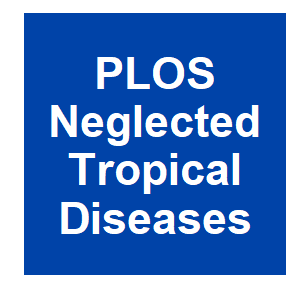Engineered action at a distance: Blood-meal-inducible paralysis in Aedes aegypti

|
R. E. Haghighat-Khah, T. Harvey-Samuel, S. Basu, O. StJohn, S. Scaife, S. Verkuijl, E. Lovett and L. Alphey,
PLOS Neglected Tropical Diseases,
13:e0007579.
2019.

A recent addition to the toolbox for controlling populations of the disease vector Aedes aegypti is the mass-release of males engineered with dominant, lethal transgenes. The lethal effect of these transgenes is activated in the progeny of these released engineered males and wild females they mate with in the field and with continuous release of males can cause population collapse. To date, these systems have relied on the use of ‘cell-autonomous’ effectors, meaning that their action is restricted to the cells in which they are expressed, limiting the flexibility of designing new, more complex systems. Here we demonstrate that it is possible to engineer ‘non-cell autonomous’ effectors–that is where the effect (e.g. the action of a toxic protein) can act on cells distant from the tissues in which they are originally expressed. To achieve this we utilised the endogenous cell secretory pathway to engineer a novel control phenotype–blood-meal inducible (i.e. late-acting, female-specific) reversible paralysis. The logic behind engineering such ‘action at a distance’ phenotypes will extend to a variety of other pest insects and control phenotypes. More related to this: Genome editing: scientific opportunities, public interests and policy options in the European Union Cytogenetic analysis of meiotic drive in mosquito, Aedes aegypti Small steps or giant leaps for male-killers? Phylogenetic constraints to male-killer host shifts
|



